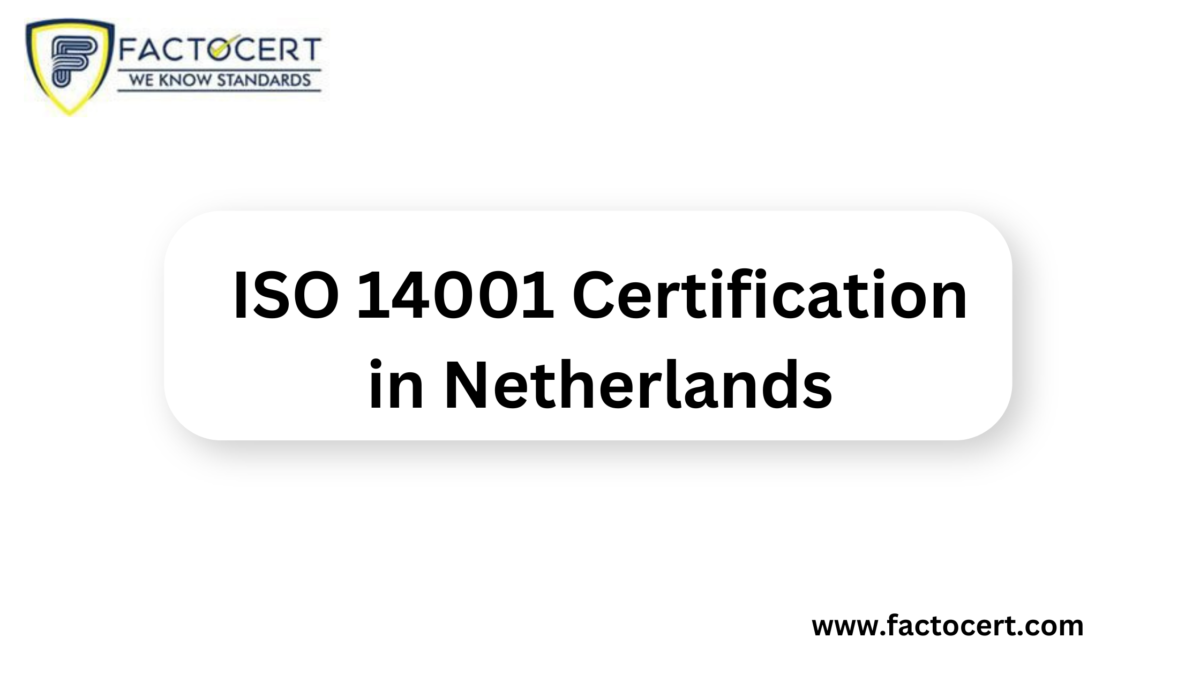For businesses looking to become certified in environmental sustainability and responsible environmental management, ISO 14001 certification is the global standard. This certification ensures that companies meet strict guidelines for their environmental impact and management processes, leading to lower energy costs, improved product quality, and greater customer trust. Learn more about the requirements of ISO 14001 certification with this guide.
Define Your Environmental Objectives and Targets.
An important step in achieving ISO 14001 certification is to define your environmental objectives and targets. This involves getting a clear understanding of the company’s current level of environmental performance and any areas that need improvement. Once this analysis has been conducted, it is then important to set specific measurable goals for improvement with realistic timelines for implementation. Additionally, businesses must create an effective communication plan to ensure that the objectives and targets are understood by all relevant stakeholders.
Document the Environmental Policy, Scope and Other Aspects of the EMS.
Documenting the Environmental Policy of an organisation is a necessary part of the ISO 14001 certification process. This policy generally includes goals for reducing environmental impact, legal compliance and promotion of sustainability. It must also be documented in writing and communicated to relevant personnel and stakeholders. Additionally, organisations must document their system’s scope and its boundaries, key processes that make up the system, roles and responsibilities of personnel, resources necessary to carry out processes, records required to demonstrate proper management and control, etc. Documenting these aspects helps in setting up a framework for efficient management of environmental practices in an organisation.
Establish your Environmental Management System (EMS).
An EMS is a vital tool to ensure that your company meets the requirements of ISO 14001 certification. Through an effective system, you can identify and assess environmental opportunities and risks in the current operations, create action plans on how to reduce environmental impact, measure performance, maintain accurate records and review results regularly. Furthermore, it allows organisations to maintain compliance with environmental laws, regulations and standards. Having an efficiently established EMS will help with the overall efficiency of ISO 14001 certification process.
Understand the ISO 14001 Standard.
To be able to meet the requirements of ISO 14001 certification, it is important to understand the standard in its entirety. This means reading through each clause and understanding its meaning and implications clearly. You would need to know what your organisation needs to do in order to comply with these clauses, how to measure and evaluate their results and incorporate them into overall practice.
Establish and Document a Policy for Your EMS.
One of the main requirements for achieving ISO 14001 certification is to establish and document an environmental management system policy. This should provide a clear focus on your environment goals, identify who will be responsible for what tasks, and describe how you will meet the targets set out in the ISO 14001 standard. It should also outline how you plan to incorporate your environmental policy into day-to-day operations.


